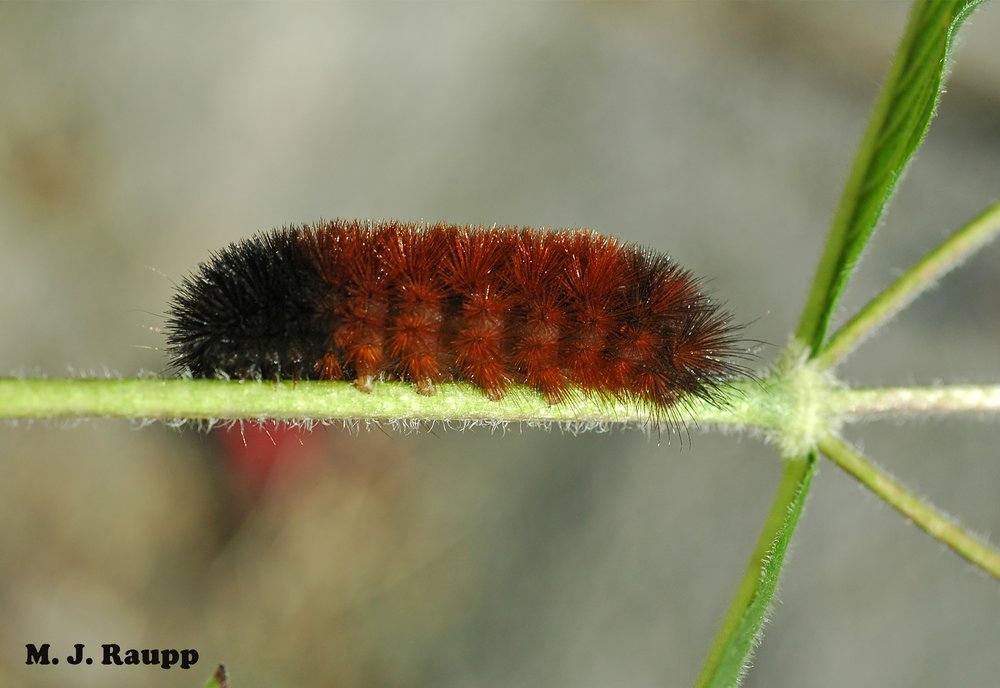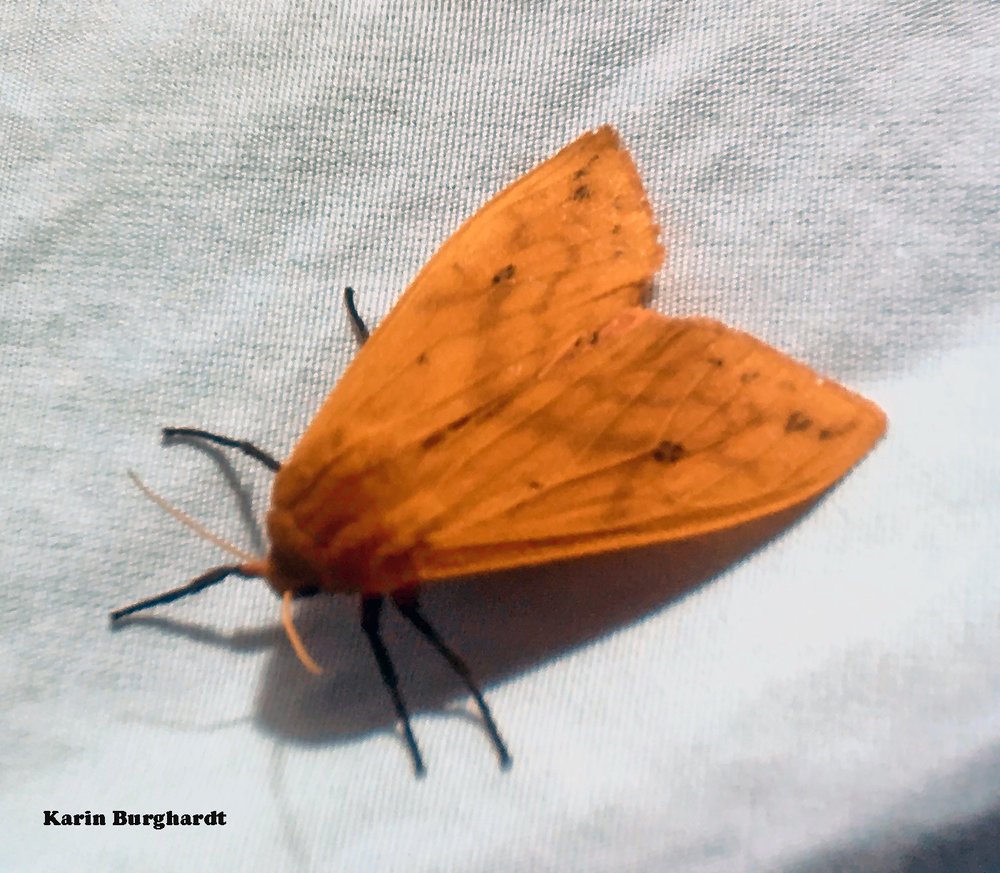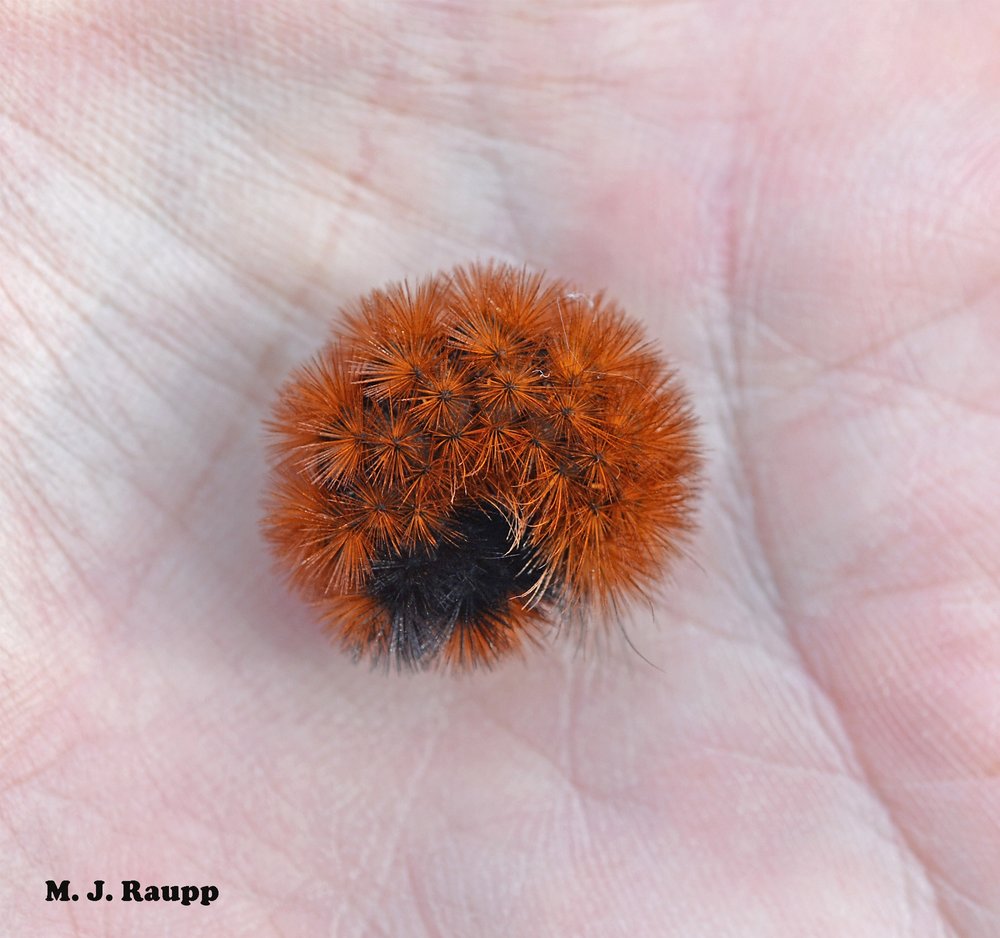 |
submitted by /u/rayogilvie [link] [comments] |
source https://www.reddit.com/r/Entomology/comments/r67rkl/the_smeared_dagger_moth_caterpillar_caterpillars/
I’ve noticed that flies trapped in a house or room for days seem to slow down to the point that they barely even fly. Seems like they still get food indoors though.
Hi, sorry if this isn't allowed or is a little off topic, but I checked for any rules around here and couldn't find anything beyond the standard reddit rules, so I thought I'd give it a shot. TL;DR at the bottom.
I recently got into this hobby, collecting a few things here and there, a shiny beetle, a blue bee. I'm by no means some expert or super into all their names and origins, just mostly the intricate designs and colors.
I found a very cool specimen on a website that I wanted to purchase for a bit of a self Xmas present, though it turns out they don't ship to Canada. I thought about shipping it to a friend and having them ship it to me, though doing a little more digging, learned that that might be illegal and will end up getting my bug seized by the U.S. postal service.
I've dug around, and one place tells me that it's illegal to export insects(dead or alive), whereas another tells me it's fine so long as you have a permit, and another goes further and tells me you only need to declare what you're shipping and don't need a permit.
I really would like to purchase that specimen, though really don't like having to risk a potentially $80 purchase falling into the hands of the U.S. postal service and losing out on my money and bug.
I do know that it isn't illegal to ship a dead insect into Canada, it's just the U.S. export regulations that seem to be the problem. An interesting bit is that the specimen in question is from Africa, and it's being sold out of the U.S...?
TL;DR I want to buy a bug from the U.S. to my residence in Canada, is that illegal and if so will it get seized or returned to sender?
Help guys! I have an assignment and I have to write about an order order of insects and I chose coleoptera. I need to write about a beetles behaviour, anatomy and anything else that i think is worth mentioning.
Since you guys love beetles, which beetle do you think is the coolest so that I can pick that beetle as my assignment topic? and also why do you think its so cool
MODS I hope this post is okay. Does anyone know where to get a bee fly plushie? Typing "bee fly" or "Bombyliidae" doesn't really bring up anything besides bee plushies. I found a cool housefly one, but that's just a bonus.

How do woolly bear caterpillars predict winter weather and survive winter’s chill?

The banded woolly bear turns into the pretty Isabella tiger moth.
By virtue of the intimate relationship between weather and insect activity, folklore abounds about the ability of insects to predict meteorological events – when hornets build their nests high, a cold winter is on the way, when ants construct tall mounds, heavy rains are just around the corner, stuff like that. An annual preoccupation for many naturalists is taking a guess at what Old Man Winter has in store for us in the upcoming months. Fact-packed sources like NOAA predict “above normal” temperatures for the mid-Atlantic region and the tried and true Old Farmer’s Almanac predicts a “Season of Shivers” with “positively bone-chilling, below-average temperatures across most of the United States”. Entomologists know the consummate soothsayer of upcoming winter weather is the banded woolly bear caterpillar, the larval stage of the Isabella tiger moth.
Exactly when and where the prognosticative abilities of woolly bears were discovered remains shrouded in mystery. However, Dr. Charles Howard Curran, an assistant curator at the American Museum of Natural History in New York City from 1947 until his retirement in 1960, popularized the forecasting skills of woolly bears. Dr. Curran made annual pilgrimages to nearby Bear Mountain Park each year between 1948 and 1956 to observe woolly bears and gather data on their color patterns. He measured the width of colored hair bands on the body of woolly bear caterpillars to forecast the severity of the upcoming winter. His observations gained notoriety when published in the New York Herald Tribune. He concluded that a wide orange or brown band in the middle of the caterpillar bordered by black bands at head and tail forecast a mild winter. Conversely, wider black segments with a narrow band of brown or orange in between forewarned of a long, severe winter. Several other entomological experts around the country have used various clues garnered from the woolly bears to predict the winter weather. Claims of 70-80% accuracy are not uncommon.
A woolly bear caterpillar bedecked with just a few black segments front and back, and many segments in the middle festooned with orange or brown is thought to be the harbinger of a mild winter. Conversely, a woolly bear with a narrow band of orange or brown sandwiched between large bands of black at head and tail signals a severe winter ahead. Having encountered representatives of both camps recently, perhaps the woolly bears are predicting a relatively mild winter with intermittent periods of severe cold. Clever meteorologists are these woolly bears.

When threatened, the woolly bear caterpillar curls into ball with a phalanx of stout, outward-facing spines which send a strong warning to would-be predators and bug geeks.
I usually think of caterpillars as rather delicate creatures and wonder why woolly bears don’t spend winter in a more durable stage like an egg or pupa, as do many other moths and butterflies. Even in Maryland polar vortices sometimes visit and drop temperatures below zero. A fascinating study by Jack Layne and his colleagues revealed that woolly bear caterpillars survive winter’s cold through a process called supercooling. As temperatures drop in autumn and early winter, woolly bears and many other species of insects produce cryoprotectants, antifreeze-like compounds including glycerol and sorbitol, that prevent the formation of lethal ice crystals in their bodies. This brew of Mother Nature’s antifreeze allows caterpillars to survive even when ambient temperatures dip well below freezing. The ability to shrug off cold enables the partially grown woolly bear caterpillar to overwinter as a larva, and with the return of warm temperatures in spring and arrival of fresh leaves, the caterpillars resume feeding for a while before spinning a cocoon and completing the transformation to an adult moth.
Imagine my delight when on a recent trip to the field, I discovered a banded woolly bear caterpillar with virtually no black bands on its body save for a few dark segments near the head. What with wildly inflating fuel prices and my ancient furnace gulping gallons of fuel oil, the prospect of lower oil bills loomed large. These hopes were thoroughly dashed a week later when I spotted a banded woolly bear with but a few orange colored segments in the middle and wide black bands at head and tail sanctioning the Farmer’s Almanac forecast of severe weather ahead. Has discord so rampant in the world of humans spread to the realm of woolly bears as well? Let’s hope not. Perhaps these seemingly disparate meteorological predictions are reconciled like this: “Woolly bears are predicting a relatively mild winter with intermittent periods of severe cold.” Clever meteorologists are these woolly bears.
Bug of the Week thanks Sheri, Finn, and Iggy for inspiring this episode and Karin Burghardt for providing images and identifying featured caterpillars. David Wagner’s remarkable book, “Caterpillars of Eastern North America”, was used to prepare this story, as was the interesting article “Cold Hardiness of the Woolly Bear Caterpillar (Pyrrharctia isabella Lepidoptera: Arctiidae)” by Jack R. Layne, Jr., Christine L. Edgar, and Rebecca E. Medwith.
I have a pal who was bitten by a spider while walking in a wooded area here in South Africa yesterday, now today his foot is numb. Does anyone know what spider may have caused this? They remember they saw a spider that had two thicker forelegs and didn't see any web nearby. If anyone has a list of potential spiders, I would love to take a look ~ Thanks in advance
I already have several different types that i breed and sell what do you all think my next isopod should be.i already have these powder blue,common shiny,dwarf white,armadillidium wild type and clown isopods
Going on a woodland walk today in England, I would like some suggestions on what I should try looking out for and I will let you guys no if I found any of them.
I found a small orange, almost perfectly circular egg on the bottom side of a leaf in my home. I am curious if this is characteristic of an aphid egg?